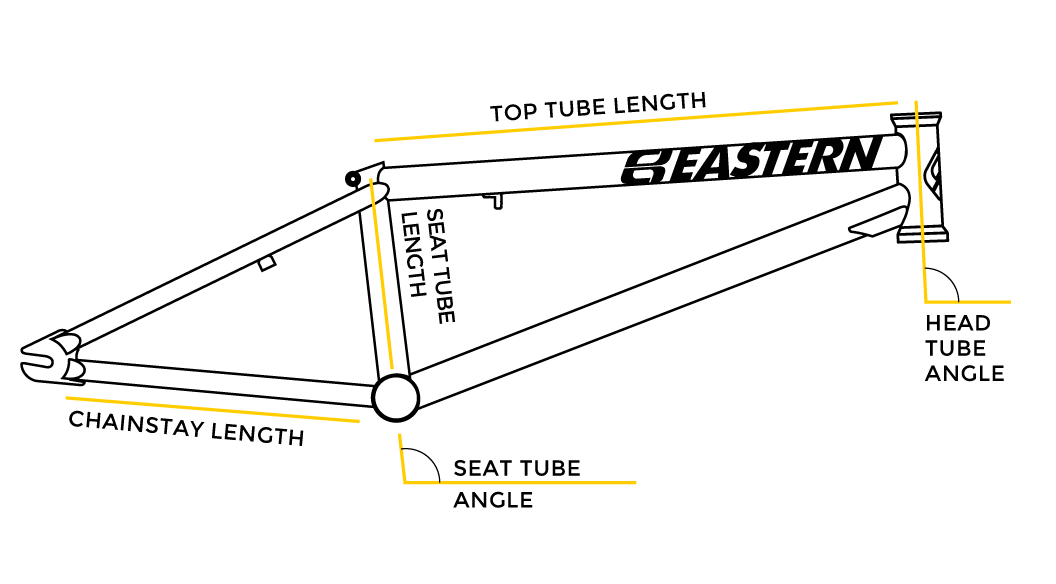
Picking the Right BMX Frame: A Ward 10 Guide
- Oct 28, 2024
- 2 min read
Introduction:
The frame is the heart of any BMX setup, and choosing the right one can make all the difference in your performance, comfort, and overall style. Whether you’re hitting trails, going for big street tricks, or shredding at the skatepark, the right frame can elevate your riding. In this guide, we’ll break down everything you need to know about BMX frames so you can pick the perfect one for your style.
1. Understand the Types of BMX Riding Styles
• Park Riding: Lightweight, compact frames with responsive handling to tackle ramps, bowls, and transition lines smoothly.
• Street Riding: Durable, slightly heavier frames to withstand hard landings, grinds, and other street obstacles.
• Dirt Jumping: Frames with a longer top tube and a relaxed geometry for stability and control on dirt jumps.
• Flatland: Extremely responsive and compact frames to allow for tight spins and technical tricks.
Tip: Determine your primary riding style. If you’re a versatile rider, look for a frame that balances features from multiple riding types.
2. Material Matters: Chromoly vs. Hi-Ten Steel vs. Aluminum
• Chromoly Steel: Known for its strength, durability, and lighter weight, making it the go-to for serious riders.
• Hi-Ten Steel: Heavier and less durable but generally more affordable, a good option for beginners or casual riders.
• Aluminum: Lightweight but less durable than Chromoly, often found in high-end race frames.
Pro Tip: Most seasoned riders recommend Chromoly frames for their strength-to-weight ratio, especially if you’re planning to push your tricks.
3. Geometry Basics: Frame Dimensions to Consider

Top Tube Length: Influences how stretched or compact the frame feels.
• Under 20” for flatland or younger riders.
• 20.5”–21” for most park and street setups.
• Over 21” for taller riders or dirt jumpers needing extra stability.
Chainstay Length: Affects balance and handling.
• Shorter (under 13.25”): For quick spins and sharper control in the park.
• Longer (13.25”–14”): For stability on dirt or high-speed street riding.
Head Tube Angle: Determines responsiveness.
• Steeper (75°+): Great for technical street and park riders looking for quick handling.
• Shallower (73°–74.5°): Provides more stability for dirt and some street setups.
• Bottom Bracket Height: Higher for increased maneuverability, lower for stability at high speeds.
Note: Geometry is crucial—consider frames with different angles to find what feels best for your style.
4. Weight: Does It Really Matter?
• A lighter frame can make tricks easier and improve control, but durability is just as important.
• Riders who focus on big, technical tricks may prefer a lighter frame, while street riders who take heavy impacts should prioritize strength.
Conclusion: Find Your Fit and Hit the Streets
Picking the right BMX frame is more than just a spec sheet—it’s about finding the frame that feels like an extension of you. Take the time to explore, research, and ask questions. Once you’ve found your fit, get ready to shred with confidence and style!


